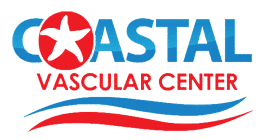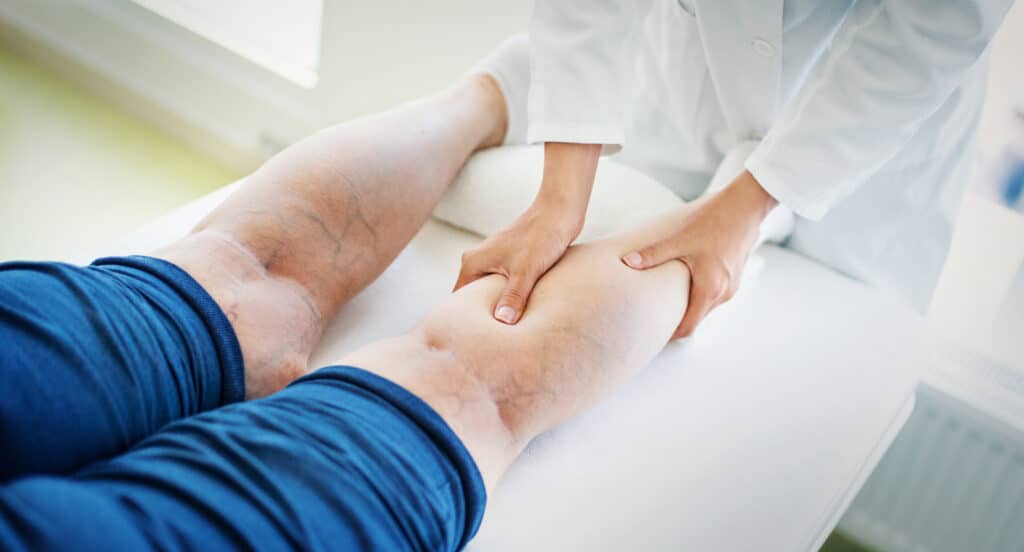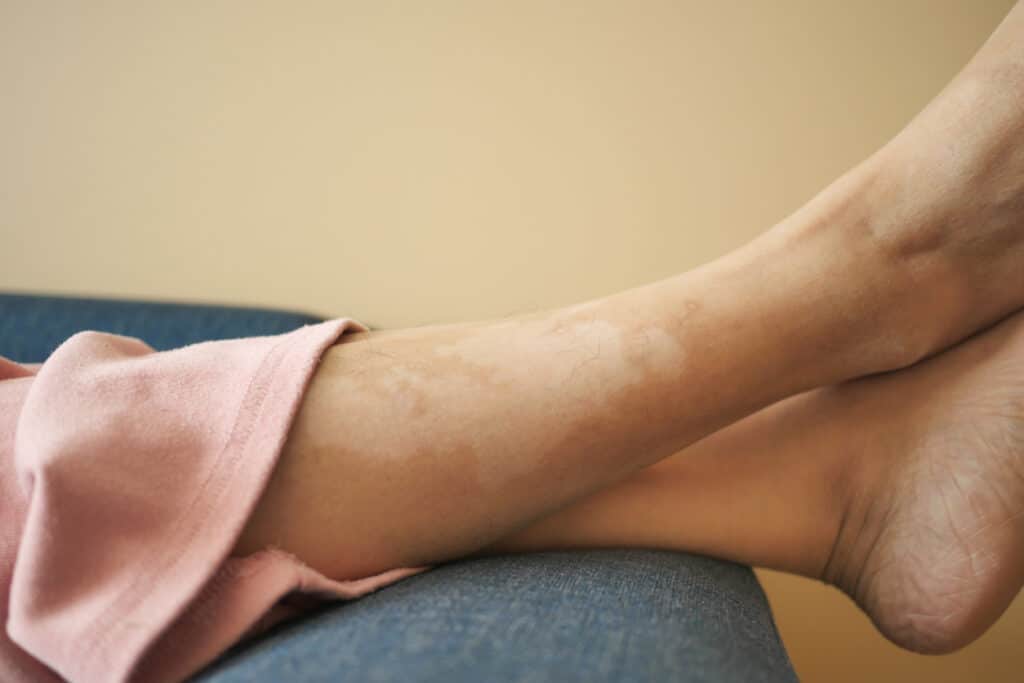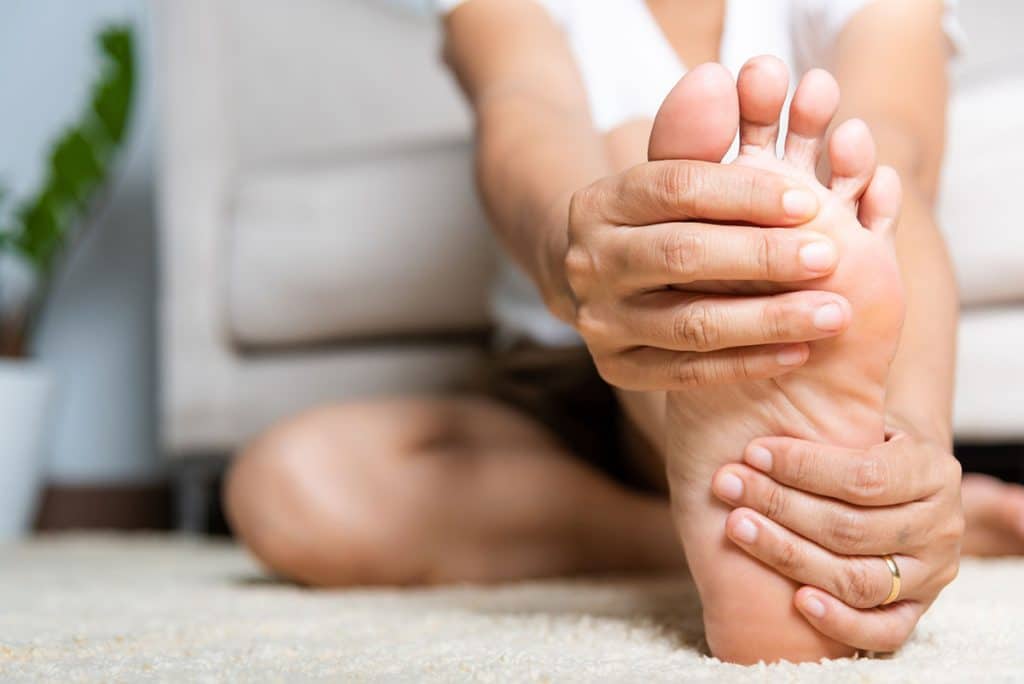Advancements in science are helping millions who suffer from varicose veins.
More than 40 million people in the United States who suffer from varicose veins are finding relief from a minimally invasive treatment called radiofrequency (RF) technology, which seals the affected veins with low-temperate radiofrequency energy.
Radiofrequency (RF) endovenous ablation is one of several minimally invasive treatments for varicose veins. The RF procedure involves the use of ultrasound to guide a radiofrequency catheter. This catheter goes into a diseased vein to heat and seal it, diverting blood flow to healthier veins. This procedure treats venous reflux disease often referred to as venous insufficiency. This is often the underlying cause of severe varicose veins.
Varicose veins, are veins in the leg that appear like enlarged, twisted, bulging cords. They can progress to Chronic Venous Insufficiency (CVI) if left untreated. CVI is a progressive medical condition that worsens over time. It can affect the veins and vessels in the leg that carry oxygen-poor blood back toward the heart.
CVI symptoms can include pain and fatigue in the legs, swollen ankles and calves, burning or itching skin, skin discoloration and leg ulcers. In less severe cases, thin, discolored vessels – “spider veins” – may be the only symptom.
RF ablation is an outpatient procedure. It can occur in your vascular surgeon’s office with local anesthesia or a mild sedative. A catheter will be inserted into the vein to heat and seal it with radiofrequency (RF) technology. Since RF technology uses a low temperature, it does not damage the surrounding tissue. Therefore, patients do not have as much pain or bruising as with other treatments.
Radiofrequency Endovenous Ablation Procedure
The procedure takes about 45 minutes depending on the number of veins to be treated. After the vein closure, circulation improves, and there is virtually no postoperative discomfort.
Following the procedure, the leg is wrapped in an Ace bandage for 48 hours. You will then wear compression stockings for one week or more. We encourage our patients to walk, yet they refrain from strenuous activities for several days. Full activity, including strenuous exercise, can resume after one week.
To follow up, your doctor will use ultrasound to make sure that the vein closed. Most people notice an improvement in their symptoms within a few days. Studies have shown that the RF procedure has a 95% long-term success rate.
Possible side effects of RF ablation can include feelings of burning, pain, or prickling after recovery, from nerve damage and or small or large blood clotting in the vein or a deep vein.
Pain after treatment is typically less after ablation than after vein surgery. Veins that do not close are treated again. Choices include another ablation or another type of procedure.
If you suffer from Varicose Veins, contact us at Coastal Vascular Center today. We have a range of treatment options.




